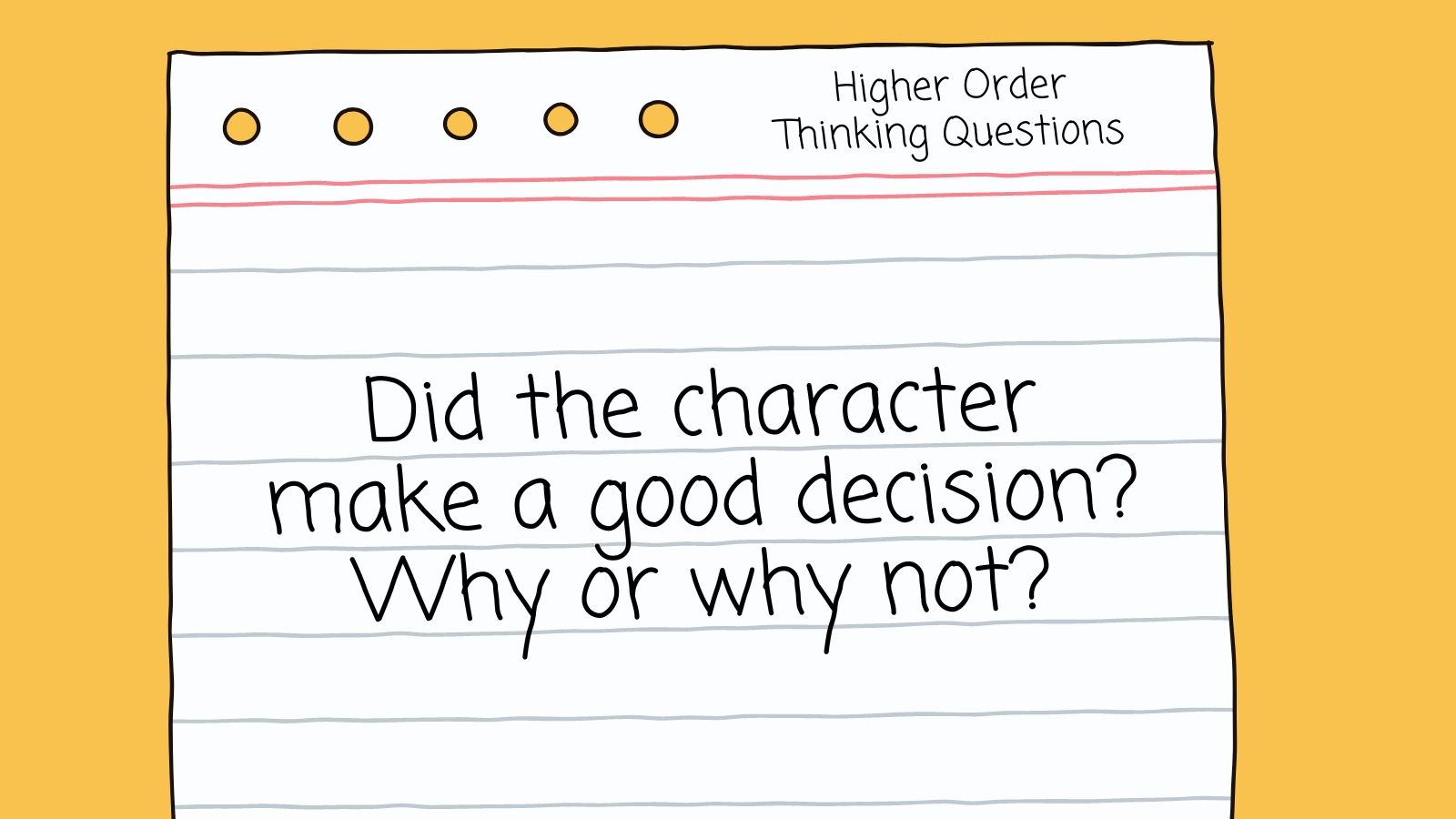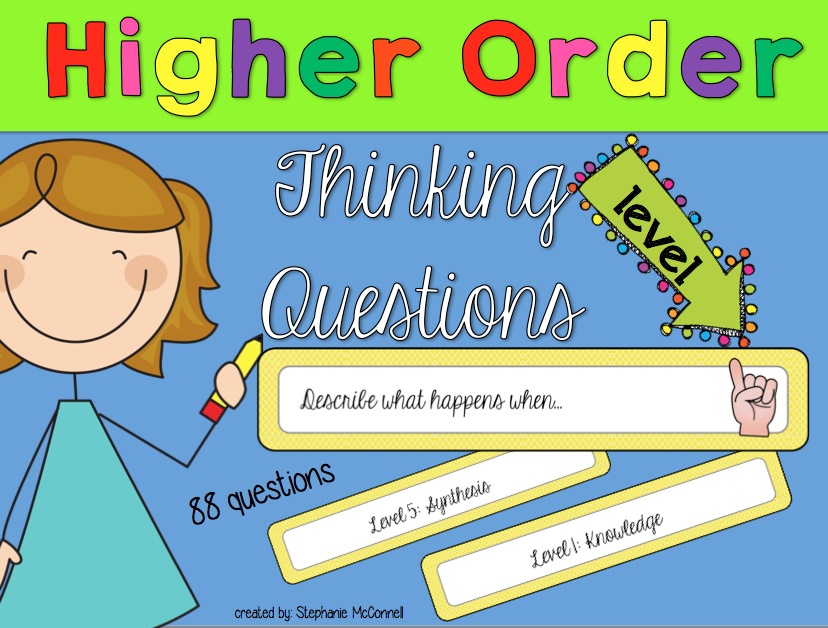Casual Info About How To Write Higher Level Thinking Questions

Why are we doing this?
How to write higher level thinking questions. I have written what each level of questions are about, given lists of key words. Use higher order bloom’s categories and associated verbs. Written by masterclass.
But educators, parents, and legislators have been thinking more about. Let’s look at the way thinking skills progress, using the cold and flu for context (table 2). What does the author think is most important?
Matter for teachers on ask students. By alice thomas and glenda thorne. Alice thomas, glenda thorne.
The taxonomy provides categories of thinking skills that help. Consider providing students with something like this as their starting thesis statement: Here are some strategies to help foster children’s complex thinking.
I may ask them to make. This level helps us recall foundational or factual information: How does the author feel about.?
University of michigan bloom’s taxonomy is a way of classifying cognitive thinking skills. (author’s name) uses (device and device) to convey a (specific. I see george’s white hair.
I may ask students about their current knowledge base or life experience (what’s the best example of empathy you’ve ever witnessed?). Bloom’s taxonomy is a framework for categorizing educational goals. I hear the waves crashing against the boat.
Lots includes remember, understand, and. What’s the difference between first and third person point of view? Asking students to create their own questions has a powerful impact on learning.
Parents and teachers can do a lot to encourage higher order thinking. Washington — during the busiest time of the tax filing season, the internal revenue service kicked off its 2024 tax time guide series to help. Higher order questions are what we use for critical thinking and creative problem solving.
Names, dates, formulas, definitions, components, or methods. What do you hear, feel, smell, and see?















